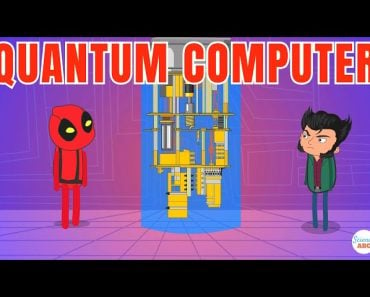Table of Contents (click to expand)
Artificial Intelligence is revolutionizing video production through advanced algorithms and machine learning techniques that automate complex editing tasks while enabling unprecedented creative control. Software like Filmora 14 demonstrates how AI-driven features such as Multi-Cam Editing are transforming the landscape of digital content creation.
The integration of artificial intelligence into video production represents one of the most significant technological advances in digital media creation. Unlike traditional editing methods that rely solely on manual input, AI-powered systems like Wondershare’s Filmora 14 can now analyze, process, and enhance video content through sophisticated algorithms and neural networks. This article explores how AI is transforming the landscape of video production and the scientific principles behind these innovations.
How Does AI Video Editing Work?
At its core, AI video editing utilizes machine learning algorithms to analyze and process video content. These systems are trained on vast datasets of professionally edited videos, allowing them to recognize patterns in editing techniques, timing, and visual composition. Let’s examine the key technological components that make this possible.
Multi-Cam Editing: A Technical Deep Dive
Multi-Cam Editing, a flagship feature in Filmora 14, represents one of the most sophisticated applications of AI in video editing. This technology employs complex algorithms to:
- Analyze audio waveforms across multiple video streams simultaneously
- Detect matching temporal markers and visual sync points
- Automatically align footage based on identified synchronization points
- Enable seamless switching between multiple camera angles in real-time
The process leverages advanced pattern recognition algorithms that can identify matching audio signatures and visual cues across different camera feeds. For example, when editing a product demonstration video with three camera angles, Filmora 14’s Multi-Cam Editing can automatically synchronize all feeds based on audio peaks or visual markers, reducing what was once hours of manual work to just minutes.
AI Audio Enhancement Systems
Modern AI-powered audio processing, as implemented in Filmora 14’s AI Audio Enhancer, utilizes advanced signal processing algorithms and machine learning models to improve sound quality. These systems work by:
- Analyzing the audio spectrum to identify different frequency components
- Separating speech from background noise using neural network classification
- Applying adaptive noise reduction algorithms
- Optimizing volume levels through automated gain control
This technological approach ensures consistent audio quality while preserving the original sound characteristics that are essential for the content’s integrity.
Smart Content Analysis and Extraction
The development of AI-powered content analysis represents a significant breakthrough in video processing. Filmora 14’s Smart Short Clips feature demonstrates this technology through:
Neural Network-Based Scene Detection
AI algorithms can now identify and extract key moments from longer videos through:
- Frame-by-frame analysis of visual content
- Recognition of significant action sequences
- Detection of emotional highlights based on audio and visual cues
- Automated identification of narrative peaks
This technology uses convolutional neural networks (CNNs) trained on extensive datasets to recognize patterns that indicate compelling content, making it possible to automatically generate shorter, engaging clips from longer footage.
The Impact on Creative Industries
The scientific advances in AI video editing are reshaping the creative industry’s workflow. Data from early adopters of Filmora 14’s Multi-Cam Editing and AI features suggests:
- Reduction in basic editing time by up to 70%
- Improved consistency in technical quality
- Enhanced ability to process multiple camera angles
- Significant decrease in post-production bottlenecks
These improvements are particularly significant for content creators who need to maintain high production values while meeting demanding publication schedules.
The integration of AI into video production represents a fascinating convergence of computer science, signal processing, and creative arts. Tools like Filmora 14’s Multi-Cam Editing showcase how AI can transform complex technical tasks into streamlined processes. As these technologies continue to evolve, we can expect to see even more sophisticated applications that further bridge the gap between technical capability and creative expression. The ongoing research in this field suggests that we are only at the beginning of understanding AI’s full potential in creative video production.












